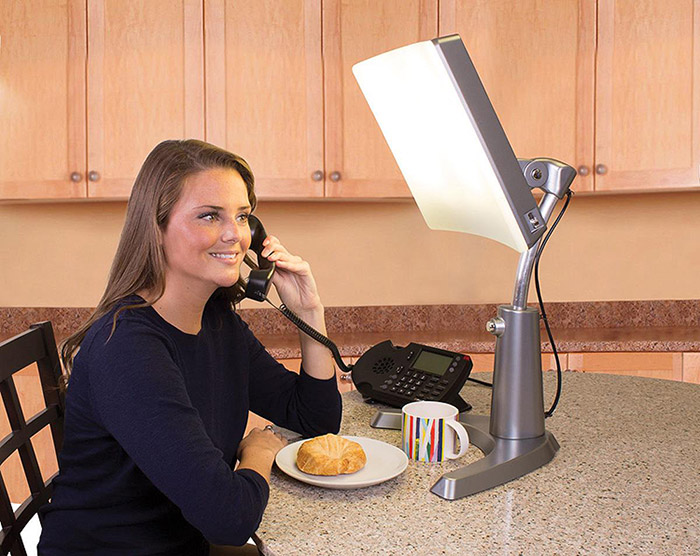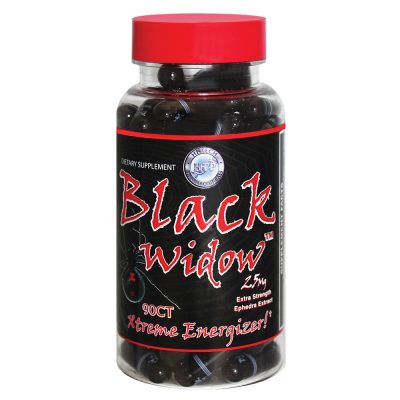(BPT) – It’s that time of the year again, when the days grow shorter and the weather becomes colder. Approximately 45 million Americans are negatively affected by the change of seasons and darkening of the summer light. They experience a drop in energy, have trouble getting up, feel down, crave carbs and become irritable or withdrawn. The severity of these symptoms can range from mild, but tolerable, to severe and debilitating. It not only affects their health, but it also affects their everyday life.
The problem typically starts gradually as the days become shorter in late summer or fall, and peaks midwinter in regions where there may be just nine or 10 hours of daylight. Researchers believe these seasonal mood changes are caused by the decreased amount of daylight people are exposed to during the fall and winter months, and that sunlight acts as a signal that synchronizes our body’s circadian rhythm. When we do not receive that morning light signal, the winter blues may occur.
Numerous studies have identified several ways that can help alleviate the symptoms caused by this sunlight deficiency. Here are six tips to help you deal with the winter blues.
Get more light. Get outside in the fall and winter during the day as much as possible. Just 15 minutes of sun on your face and hands two to three times per week is enough for many people.
Purchase a bright light therapy lamp. Patients are advised to sit in front of a specially designed light box that emits about 10,000 lux of UV-filtered white light, most often in the morning for 20-30 minutes. Bright-light therapy has been found to be the treatment of choice. The clinically-proven Day-Light Classic by Carex Health Brands or the more compact Day-Light Sky, can be found in retail stores or purchased online.
Get some exercise. Regular exercise, in the mornings, can be a natural energizer that can help maintain a positive outlook.
Watch your diet. A healthy, well-balanced diet relatively high in protein and low in carbohydrates provides the nutrients needed to stay active and alert.
Take part in social activities. Stay in touch with friends and family to avoid isolation. This might include a sunny vacation.
Get some sleep. Maintain a regular sleep schedule to keep your circadian rhythm in balance.
For moderate to severe winter blues, some people may need to seek professional help. One option often used by health care professionals is Cognitive Behavioral Therapy (CBT). A trained therapist can help a person develop behavioral tools to deal effectively with the winter blues. Success rates for CBT are high and the skills learned can be utilized whenever symptoms begin to appear.
Winter blues can begin as early as August and may continue into April. If symptoms are severe, look to your doctor for help as mood changes can have a severe impact on your daily life.





